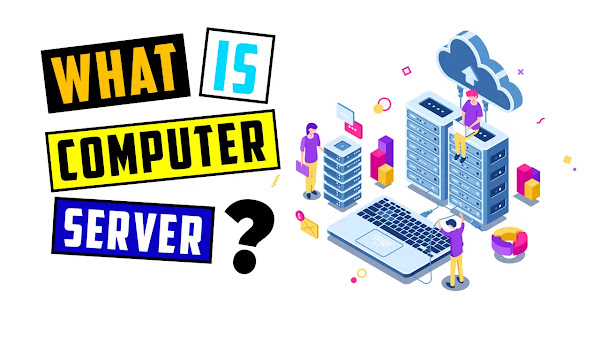A computer server is a central computer system that provides shared resources and services to multiple clients over a network. It is responsible for managing, storing, and distributing data, applications, and services to connected devices.
Definition of a Computer Server
A computer server is a computer system that provides shared resources and services to multiple clients over a network. It is designed to be a central point for managing and distributing data, applications, and services to connected devices.
Types of Servers
There are several types of servers, including:
- File servers, which manage and store shared files
- Print servers, which manage and distribute printing tasks
- Web servers, which serve web pages to clients
- Application servers, which host applications and services
- Database servers, which store and manage databases
- Mail servers, which manage and distribute electronic mail
Server Hardware
Computer servers are typically designed to be more powerful and reliable than other types of computers. They often have multiple processors, large amounts of RAM, and redundant storage to ensure high availability and performance.
Server Operating Systems
Computer servers use specialized operating systems designed specifically for server environments. Examples of server operating systems include Windows Server, Linux, and Unix. These operating systems are designed to be secure, scalable, and able to handle high levels of network traffic and resource usage.
Client-Server Model
The client-server model is the most common architecture used for computer networks. In this model, clients request resources and services from the server, which then provides the requested information or performs the requested task. This model allows for the centralization of resources and enables efficient resource sharing between multiple clients.
Load Balancing
Load balancing is a technique used to distribute workloads evenly across multiple servers to ensure that no single server is overburdened and that all clients have access to the resources and services they need. Load balancing is often accomplished through hardware or software solutions, such as load balancers or software-defined networking (SDN) solutions.
Scalability
Computer servers are designed to be scalable, allowing organizations to add more servers or increase the resources of existing servers as their needs change. This enables organizations to grow their networks and services as needed, without having to overhaul their entire infrastructure.
Security
Security is a critical aspect of computer servers, as servers often store and manage sensitive information and resources. To ensure the security of servers and their connected networks, organizations often implement firewalls, intrusion detection systems, and access control mechanisms to protect against unauthorized access and threats.
Maintenance and Upgrades
Computer servers require regular maintenance and upgrades to ensure that they continue to function optimally and securely. This may include software upgrades, hardware replacement, and routine backups to protect against data loss.
Conclusion
In conclusion, computer servers play a critical role in the functioning of modern computer networks by providing shared resources and services to multiple clients. Whether used for file sharing, web hosting, application hosting, or database management, computer servers are essential components of today's connected world. By understanding the basics of computer servers, you can better appreciate the value they bring to your organization and the importance of their proper management and maintenance.

